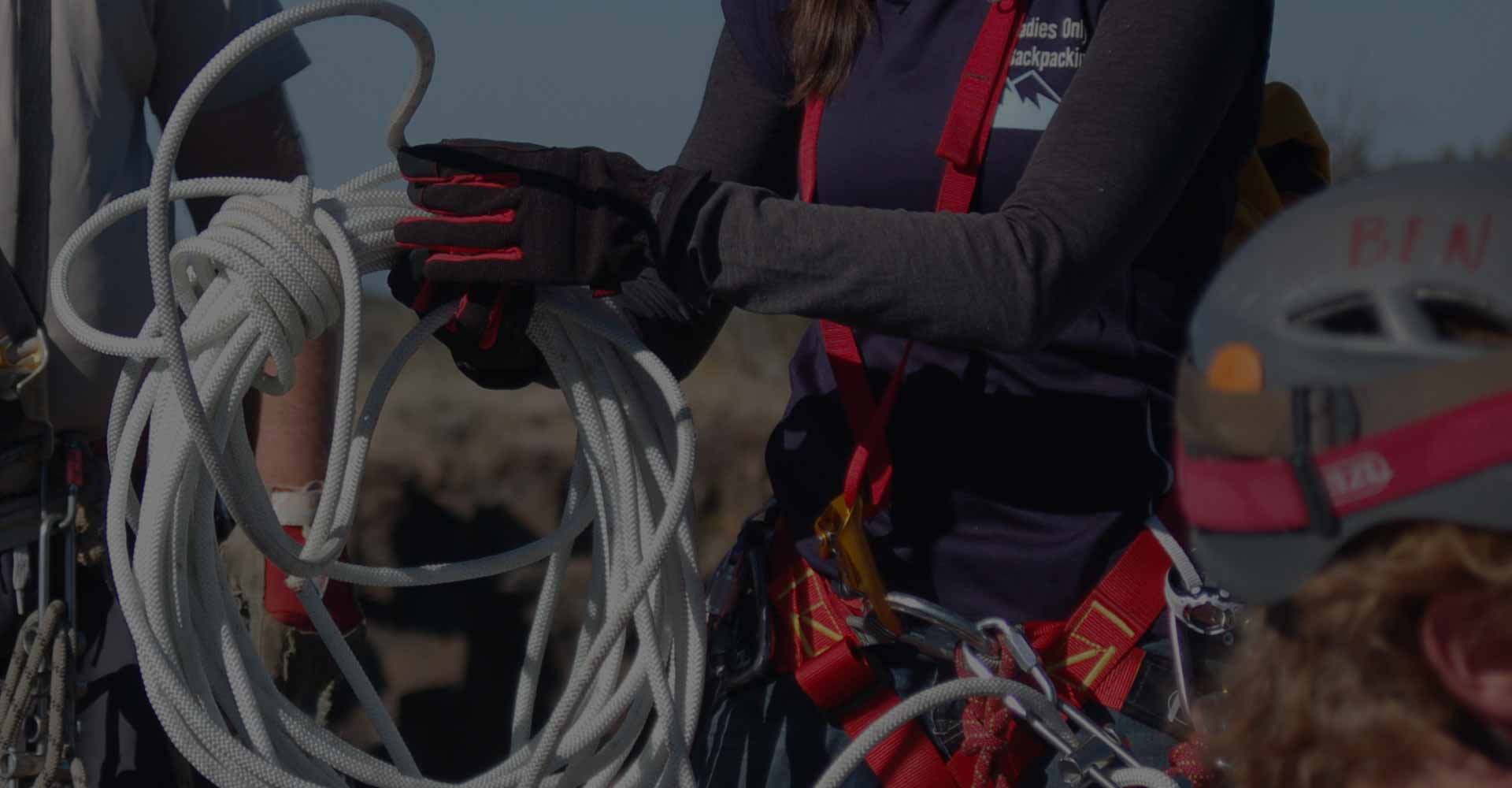
To demonstrate the demographic buying potential and market value of natural resource managers like park rangers, it's essential to understand their unique position within the workforce and consumer market. Natural resource managers, including park rangers, play a critical role in environmental stewardship and public land management, which often requires advanced education, specialized training, and a passion for conservation. This demographic typically consists of highly motivated professionals who are invested in preserving natural spaces. Their dedication to their career - and often outdoor lifestyle - makes them likely consumers of products related to sustainability, outdoor equipment, eco-friendly technologies, and specialized tools.

Park rangers and natural resource managers are key decision-makers when it comes to purchasing equipment and tools for their daily work in park management, wildlife protection, and outdoor education.
Photo courtesy of Dr. Jean K. Krejca, Zara Environmental LLC.
The buying potential of this demographic extends beyond personal needs and intersects with their professional responsibilities. Park rangers and natural resource managers are key decision-makers when it comes to purchasing equipment and tools for their daily work in park management, wildlife protection, and outdoor education. This includes everything from hiking gear, camping equipment, and all-terrain vehicles to specialized technology for conservation efforts, such as drones and GPS devices. Their position in managing large areas of land and resources often gives them influence over institutional purchasing decisions, increasing their value as a consumer base for companies offering relevant products.
In addition to their role in purchasing equipment, natural resource managers are often aligned with sustainable and eco-friendly brands. Their professional values around conservation and environmental protection often extend into their personal lives, where they seek out products that support sustainability, renewable energy, and ethical sourcing. This makes them prime targets for brands focused on outdoor recreation, green technology, and environmentally friendly products. Sponsorship of events, educational programs, or conservation initiatives could provide these brands with access to a consumer base deeply engaged with their mission.
From a market perspective, natural resource managers typically earn stable salaries that allow for discretionary spending on both personal and professional products. The U.S. Bureau of Labor Statistics reports that park rangers and related roles often have an income in the mid-range of $40,000 to $70,000 annually, depending on experience and location. This income level supports their ability to invest in high-quality products and services that enhance both their work and lifestyle. As they continue to climb the career ladder, their income and purchasing power grow, further boosting their value in the market.
Moreover, the market value of natural resource managers lies not just in their purchasing power but also in their potential as brand ambassadors. Park rangers and other natural resource managers are often seen as trustworthy and knowledgeable professionals by the general public. Their endorsement of specific products or services can lead to significant brand credibility, particularly in industries related to outdoor activities, environmental conservation, and sustainability. Partnering with natural resource managers can provide long-term value, as their connection to both the land and the community fosters an authentic and enduring brand relationship.

Image courtesy of Matt Bowers, ThirdMedia.com.
The official event schedule for the 2025 NCKMS has now been updated. Please check our schedule page or download a PDF to your mobile device.

Cave Gators is the pre-eminent company in the United States specializing in bat-friendly closures on caves and abandoned mines.
No job too tough, no site too remote! We do the jobs that scare away everyone else.

The ghost town of Belmont Mill was established following a silver strike in 1865. Other minerals, such as copper lead and antimony were also mined here. The boom brought in settlers and Belmont grew. The town boasted four stores, two saloons, five restaurants, livery stable, post office, assay office, bank, school, telegraph office, two newspapers, and a blacksmith shop.
As the price of metals fluctuated, so did the fortunes of the town. By 1887, several of the mines closed. Like many towns which are now ghost towns, this one lasted for only a short time.
Some of the buildings are still standing, including the courthouse, the Cosmopolitan Saloon, the Monitor-Belmont Mill, and the combination mill.